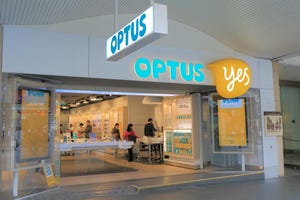Zayo Buys More Bandwidth
Zayo has acquired the assets of Northwest Telephone, mostly IRUs which allow it to offer more point-to-point connections
June 2, 2008

Zayo Group Inc. (NYSE: ZAYO), the service provider startup founded by Level 3 Communications Inc. (NYSE: LVLT) creators Dan Caruso and John Scarano, has continued its acquisition spree acquiring Wenatchee, Wash.-based Northwest Telephone, Inc. (NTI). (See Zayo Acquires NW Telephone.)
With this latest deal, Zayo now has 18,500 metro and regional fiber route miles with 1,100 on-net locations in 20 states. (See Level 3 Co-Founder Starts Zayo Bandwidth and Startup Spotlight: Zayo Bandwidth Inc.) Zayo however does not technically own much of those assets, but instead leases them through indefeasible right of use (IRU) agreements. In an IRU, Zayo can sell capacity on a fiber line as if it were its own, but since it does not have complete ownership, performing upgrades and maintenance to those lines can be a hassle.
The majority of the assets acquired in the Northwest Telephone deal are IRUs. “It’s all about serving more point to point routes at a much lower cost,” said Scarano to Light Reading.
NTI, a competitive carrier founded in 1999, was on solid financial footing, according to Zayo, but didn't have enough capital to expand its operations. Zayo, on the other hand, has enough financial backing that it can construct more regional routes and put more buildings on-net.
Still, keeping costs down is especially important when you’re constantly acquiring and integrating new companies. It’s a problem that nearly crippled Level 3. (See Level 3 Feels Integration Irritation and Level 3 Stays the Course.)
One of the ways Zayo minimizes problems with integration is that it simply hasn't integrated its data systems. It takes all the data on its networks and aggregates it onto one single system. So rather than getting each system to look and act the same, it simply audits the result collected from its disparate servers to make sure all the data shows up.
.Scarano says Zayo could grow well beyond its projected annualized revenues of over $200 million. “We could grow easily to a five or ten billion dollar company literally with what we’ve put in place. You just have to remain focused."
— Raymond McConville, Reporter, Light Reading
About the Author(s)
You May Also Like












